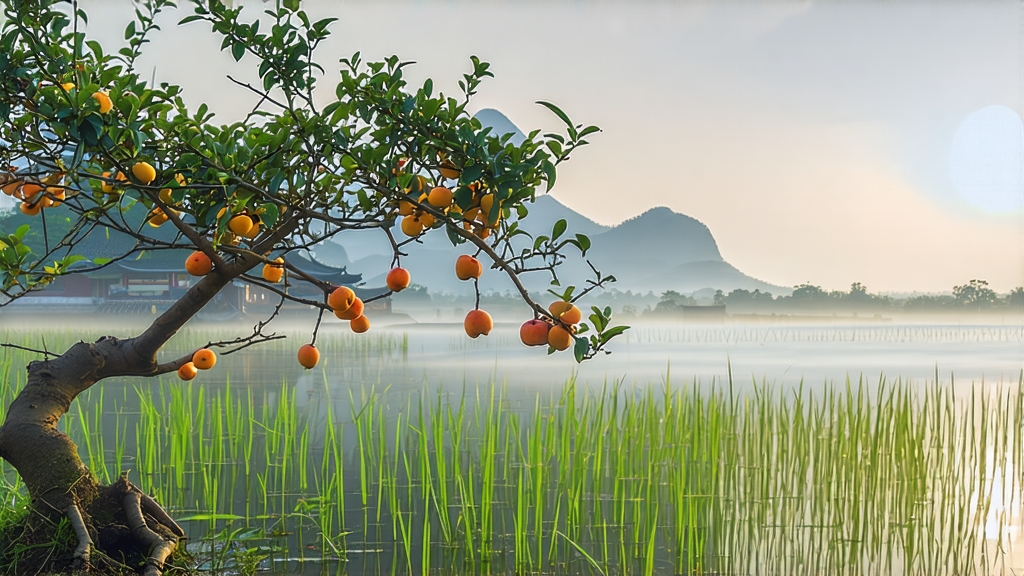
Among the pantheon of Chinese green teas, few names evoke as much romance and sensory delight as Biluochun. Literally “Green Snail Spring,” the tea is celebrated for its tiny spiral-shaped leaves, intoxicating fruit-and-flower aroma, and a sweetness so pure it once compelled a Qing-dynasty emperor to rechristen the tea with its current poetic moniker. To the international drinker accustomed to the grassy briskness of Japanese sencha or the nutty depth of Longjing, Biluochun offers a softer, almost flirtatious introduction to the subtleties of east-Chinese greens. Yet behind its delicate cup lies a story of imperial taste, lake-born microclimates, and artisanal techniques that have remained virtually unchanged for five centuries.
Historical roots
The earliest written record appears in the 1734 edition of the “Gusu Gazeteer,” where the tea is listed under its original folk name “Xia Sha Ren Xiang”—literally “scary fragrance”—because locals believed its perfume so powerful it startled visitors. Legend credits a tea-picking girl who tucked fresh buds into her apron while filling a basket with wild apricots; the fruit’s esters permeated the leaves, yielding an unprecedented aroma. When the Kangxi Emperor visited Lake Tai in 1699, magistrates presented the curious tea. The emperor, enchanted yet diplomatically wary of the rustic name, renamed it Biluochun, referencing the snail-like curl of the dry leaf and the season of harvest. The new name stuck, and Suzhou’s Dongting Dongshan and Xishan peninsulas became the appellation’s spiritual heartland.
Terroir and cultivar
Biluochun is inseparable from Lake Tai, China’s third-largest freshwater lake. The water mass regulates temperature, creating morning mist that filters spring sunlight and prolongs the buds’ tenderness. Two peninsulas—Dongshan (East Mountain) and Xishan (West Mountain)—rise from the lake like green tusks; their granite soils are poor in nitrogen yet rich in potassium and trace minerals, stressing the bushes into producing more polyphenols and aromatics. The traditional cultivar is a small-leaf Camellia sinensis var. sinensis locally called “Group Species”; its narrow leaves and short internodes allow the tight spiral shaping. In the 1990s clonal selections such as “Dongting #1” were released to increase cold tolerance, yet purists still prefer the fragrance complexity of old-growth seed plants intercropped with peach, plum, and apricot trees. The fruit bloom coincides with the tea harvest, and bees shuttle between blossoms and tea flowers, adding invisible top notes that chemists identify as geraniol and linalool.
Harvest calendar
Authentic Biluochun is picked in a fleeting three-week window from the spring equinox to Grain Rain (ca. 20 March – 20 April). Only the bud plus the immediate unfolding leaf (one bud and one leaf, occasionally extending to one and a half) are taken. Experienced pluckers use a diagonal snap that leaves the tiny stem base intact, preventing oxidation browning. On any given day picking starts at 5:30 a.m. and must finish by 9:00 a.m., before the sun burns off dew and dilutes volatile oils. A skilled picker gathers barely 500 g of fresh leaf in four hours; five kilograms are required to yield one kilogram of finished tea, explaining why top grades command prices higher than silver on the eve of Qingming festival.
Crafting the spiral
Unlike Longjing’s flat pressing or Huangshan Maofeng’s minimal handling, Biluochun relies on a dynamic pan-fire rolling sequence that fixes greenness while locking in fruit aromatics. The entire process is completed within six hours of plucking to avoid “red stain,” the enzymatic browning Chinese tasters abhor.
- Withering: Fresh leaves are spread 2 cm thick on bamboo trays set under shade cloth for 30–45 minutes, reducing moisture from 76 % to roughly 70 % and allowing grassy aldehydes to volatilize.
- Pan-firing (shaqing): A 60 cm diameter iron pan is heated to 180 °C, then brushed with local camellia oil to season the surface. One “sheng” (about 250 g) of withered leaf is tossed by hand against the hot wall; the motion is a push–roll–lift cycle lasting 3–4 minutes. Temperature is judged by the sound: a sharp “pa” indicates ideal